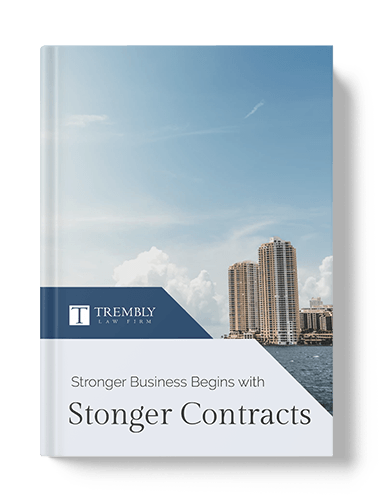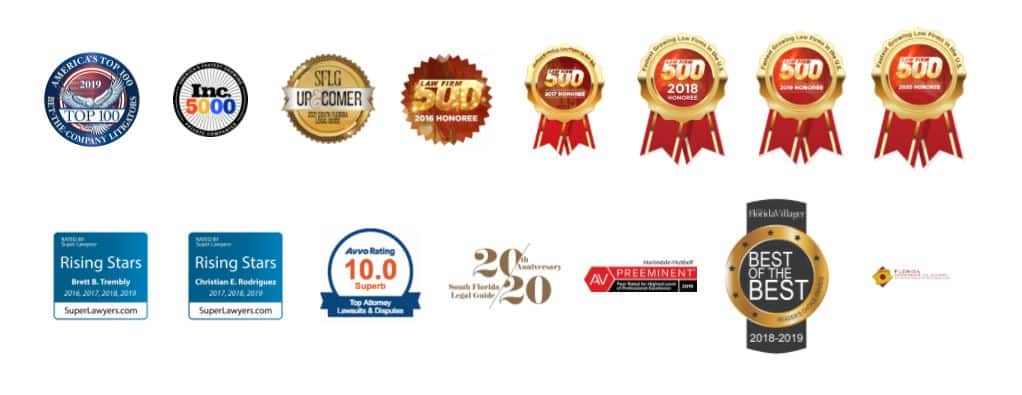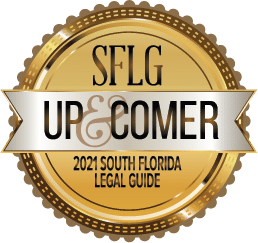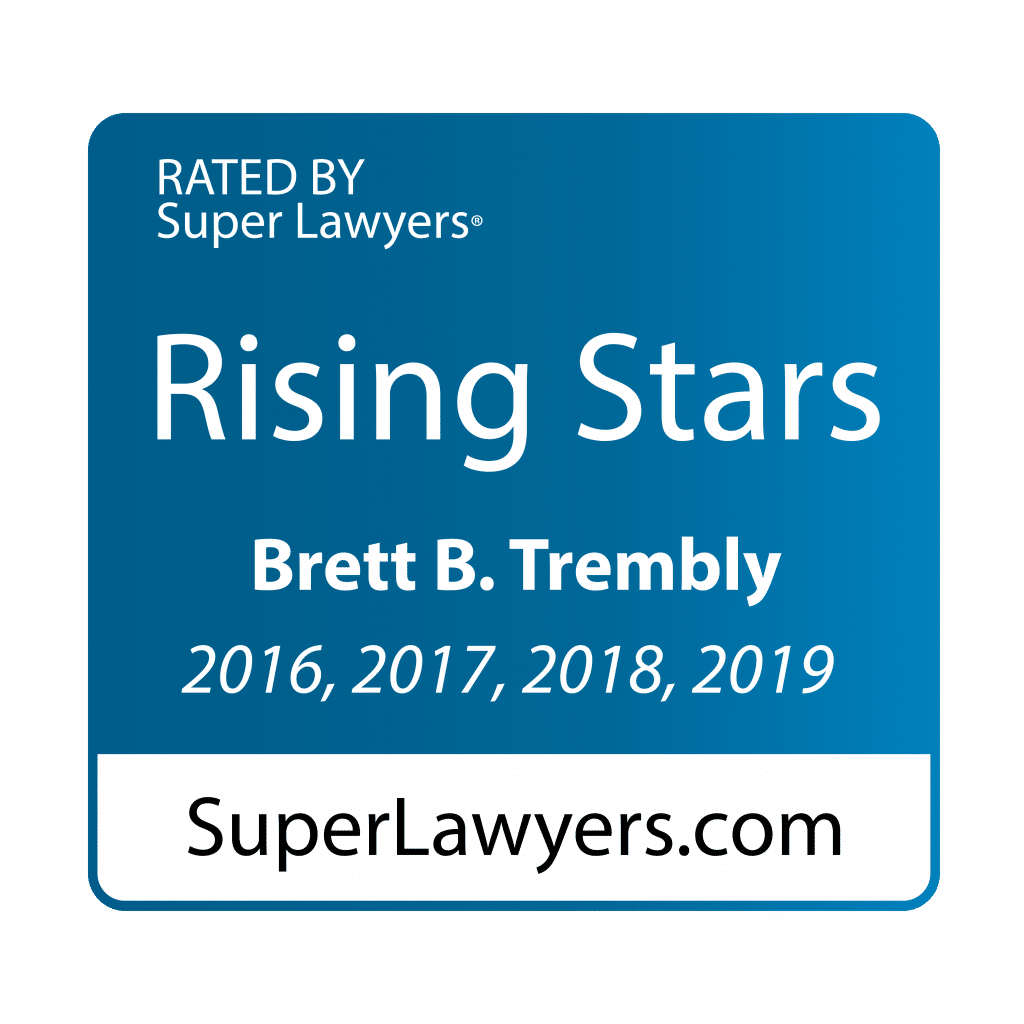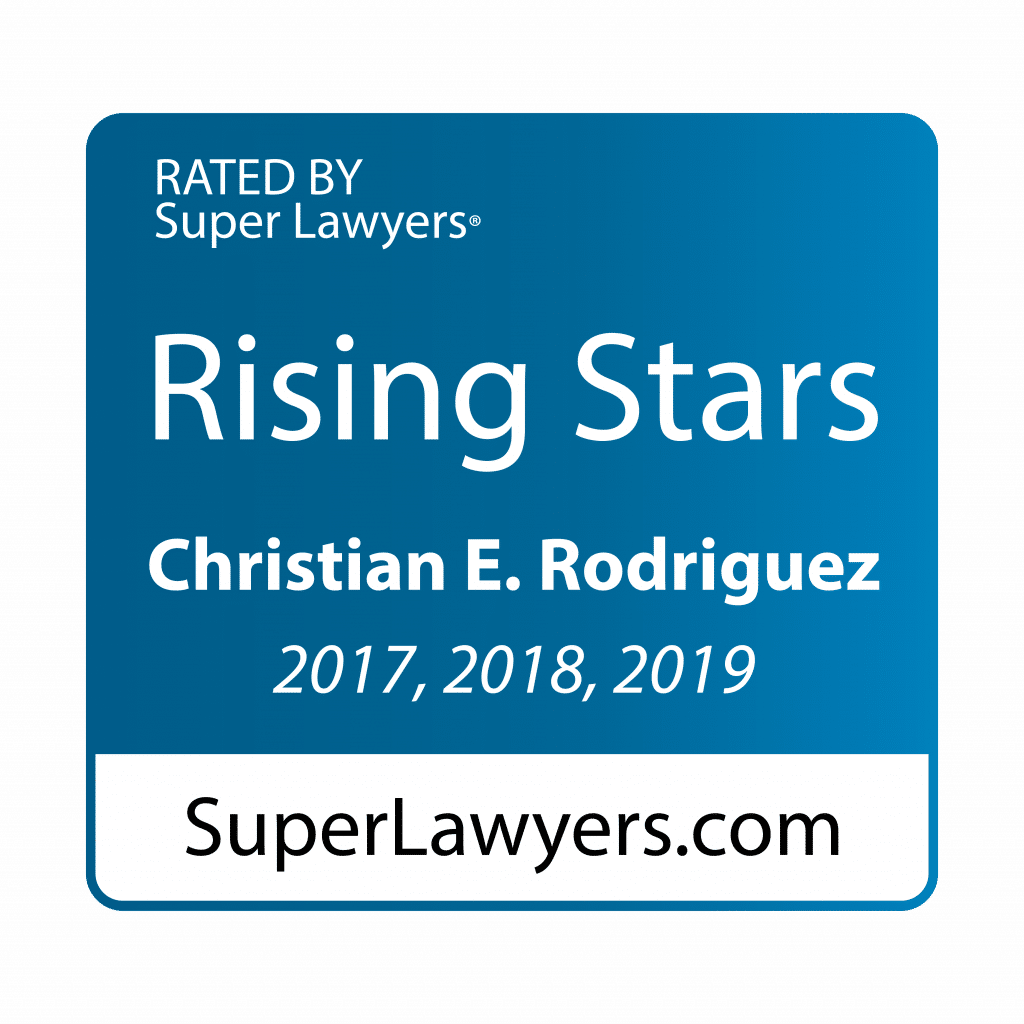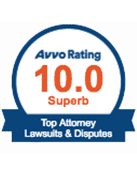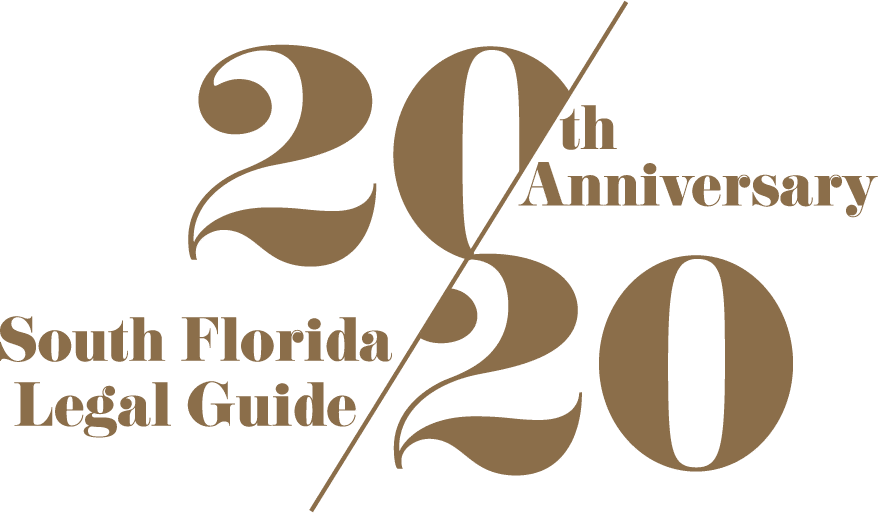As the “Paycheck Protection Program” (“PPP”) was put into action, it brought with it, anxiety for multiple businesses. This anxiety is the result of the PPP’s confusing language, and lack of any clarifying guidance able to untangle it. Worse off, businesses were left to apply for shelter in an unprepared banking system only to find that many banks put priorities on larger businesses. Still, several smaller businesses did get approved, and are likely to receive funding with the next wave of funding of the PPP.
Businesses that have received or applied for a PPP loan should be proactive in anticipating and calculating the amount of loan forgiveness. Under the “Coronavirus Aid, Relief, and Economic Security Act” (“CARES Act”), certain expenses are subject to forgiveness based off the calculation provided for in the act. Astute businesses that understand the separate components of this calculation will be able to maximize how much they are entitled to receive and will be prepared for the months ahead.
FORGIVABLE EXPENSES
Under the CARES Act, forgivable loans refers to forgiving PPP loan so long as it is spent on one of the four categories provided for in the act and the business also complies with two other requirements. For one, the business must maintain both the same number of employees and their salaries as they were before Covid-19. The second, requirement is that these expenses are made during the “covered period.” The covered period is the 8-week period immediately following a receipt of the PPP loan. Failure to make these payments within the 8-week period or to make payments outside of the four exceptions will render the loan unforgiveable and further require the loan be paid in two years. The below listed are the four categories for forgivable loans.
Category 1 – Payroll Costs: Payroll costs include gross salaries (including wages, commissions or similar compensation) up to $100,000 per year (cash only, not non-cash benefits); payments with respect to tips; vacation, parental, family, medical or sick leave; allowance for dismissal or separation; payments required for group healthcare benefits, including premiums; payment of any retirement benefit; and employer-paid state and local taxes on payroll along with other costs. However, the payroll costs do not include Federal Taxes such as the employer’s portion of payroll tax expenses such as Social Security and Medicare. Furthermore, payroll costs do not include compensation of any individual whose principal residence is outside the United States or qualified sick leave and family leave wages under the Families First Coronavirus Response Act. For an independent contractor or sole proprietor, payroll consists of wage, commissions, income, or net earnings from self-employment or similar compensation.
Category 2 – Rent Obligations: This expense includes payments under lease agreements in effect before February 15, 2020, and does not include any pre-payment of rent past the covered period. Rent Obligations under the CARES Act probably includes leases or real property, such as office space.
Category 3 – Utilities: Utilities include the business’s electricity, gas, water, transportation, telephone, or internet service for which service initiated before February 15, 2020.
Category 4 – Interest: For this expense, note that only those interest payments that fall under the “covered mortgage obligation” are forgivable under the CARES Act. Specifically, the Act states the debt must be a “mortgage on real or personal property.” Thus, debt that is secured by a traditional mortgage lien, capitol lines of credit or indebtedness where a UCC-1 is filed on the borrower’s personal property are included. It appears that unsecured debt it not included. These interests’ payments include any debt obligation that is a liability of the borrower that was initiated before February 15, 2020. However, this does not include either payments or prepayments on principals.
AVOIDING REDUCTIONS IN THE AMOUNT OF LOAN FORGIVENESS
Having determined which expenses are possibly forgivable, businesses must next complete the Head Count Analysis and the Wage Analysis to definitively determine what amount of the loan is forgivable.
1. Head Count Analysis: Should a business reduce its full-time employees during the 8 weeks after receiving its PPP loan, the “covered period,” the forgiveness amount is reduced by the following ratio: The average number of Full Time Equivalents (“FTEs”) during the covered period divided by the average number of FTEs during the base period (defined below). FTEs are currently considered to include one employee that worked at least 30 hours in a week.
The Base period refers to one of the following options. Borrowers can select whichever one is most favorable to them: (1) 2019 Information – The average number of FTEs per month from February 15, 2019, through June 30, 2019; or (2) 2020 Information – The average number of FTEs per month from January 1, 2020 to February 29, 2020.
For seasonal businesses, the average number of FTEs per month from February 15, 2019, through June 20, 2019.
Example:
A business receives a PPP Loan: $300,000 (assuming it was fully spent on qualifying expenses). The business’s average number of FTEs in the base period from January 1, 2020 to February 29, 2020 is 40. The average FTEs during the “covered period” is 10.
First, the business must calculate the Loan Forgiveness Reduction Percentage by dividing the # of FTE’s during the Covered Period) by the number of FTE’s during Base Period. Here it is 10/40 = 25%.
Next to determine how much of the PPP loan is to be reduced the business must multiply the amount of the PPP Loan) by the Loan Forgiveness Reduction Percentage to calculate the (Maximum Loan Forgiveness). In this example: $300,000 * 25% = $75,000.
Finally, the business must subtract from the PPP Loan the Maximum Loan Forgiveness to calculate the amount of loan to be paid back. In this example: $300,000 – $75,000 = $225,000. Thus, this business would be required to pay back $225,000 of the loan.
The Moral of the Story: If you want to maximize your loan forgiveness, do not reduce the number of Full Time Equivalents (“FTEs”) during the covered period. If you did so during the covered period, you can avoid reduction if you rehire those FTEs by June 30, 2020.
2. Wage Analysis: Under the Wage Analysis, businesses lose out on forgiveness amounts for reducing wages per employees by more than 25% compared to the most recent quarter before the PPP loan was made. The only employees considered under this analysis are those that make $100,000 or less per year. The statute compares the eight-week covered period to a three-month period. It is likely that further clarification on this analysis will occur.
Example:
A business has a PPP Loan issued on April 1, 2020. An employee’s salary for Q1 2020 was $15,000. The Employee’s salary for covered period is reduced to $10,000, which is more than a 25% reduction. Thus, the business will receive a reduction calculated as follows: the amount of the actual reduction minus the amount of the maximum reduction allowed (i.e., 25%). In this example, the forgiveness reduction would be ($15,000 – $10,000) – ($15,000 * 25%) = $1,250.
The Moral of the Story: If a business wants to maximize its loan forgiveness, it should not reduce the wages of its employees by more than 25%. If it did so during the covered period, it can avoid reduction of the forgiveness amount if by June 30, 2020, it restores salary/wage levels.
TIMING IS IMPORTANT
The PPP funds may only be used to pay for expenses incurred during the eight-week period beginning on the loan is made (also known as the origination date). As a result, businesses cannot use the funds to pay for expenses incurred prior to receiving the loan. Expenses incurred prior to the loan may be covered by other programs, such as the State of Florida’s bridge loan program.
REQUESTING FORGIVENESS OF THE LOAN AMOUNT
Loan forgiveness is not automatic. The borrower must file an application with their bank after the expiration of the eight-week period following the receipt of the funds. Once this application is filed with the bank, the bank is required to make a determination within 60 days. Along with the application, the recipient will be required to certify, in writing, that the amount for which forgiveness is requested was used for appropriate purposes.
CORRECTING REDUCTIONS OF FORGIVENESS
The CARES Act allows any borrower to change a reduction in the forgiveness amount until June 30, 2020. At this time, the specifics of how this correction process would work are unclear. Businesses should look for further clarifying guidance.
BENEFITS OF FORGIVENESS
Forgiven debt under the PPP does not have to be paid back and will not be taxable to the borrower.
PPP CONTRACT LANGUAGE FOR FORGIVENESS WITH THE SBA
Payment Terms: Generally, the Borrower must make all payments at the place Lender designates. The payment terms for the Note generally are:
- The interest rate on the Note will be fixed rate of 1.00%, simple interest, on the unpaid principal from time to time.
- No interest or principal will be due during the first six months after the Loan amount is disbursed, although interest will continue to accrue over this six-month deferral period.
- After such six-month deferral period and after taking into account any loan forgiveness applicable to the Loan pursuant to the Program, as approved by SBA, any remaining principal and accrued interest will be payable in substantially equal monthly installments on the first day of each month over the remaining 18 month term of the loan, in the amount provided by Lender.
- Lender will apply each installment payment first to accrued interest, then to principal, then to pay any late fees, then to costs of collection.
- The Note will mature two (2) years from the date of the Note, at which time all unpaid principal, accrued interest and any other amounts will be due and payable.
- The Borrower may prepay the Note in whole or in part at any time without penalty.
- If a payment on this Note is more than 10 days late, Lender may charge Borrower a late fee of up to 5.00% of the unpaid portion of the regularly scheduled payment.
- Any amount not forgiveness will be given an interest rate of up to 4% and a maturity of up to 10 years from the date of application for forgiveness.
Default: Generally, a borrower is in default under the PPP Note if Borrower does not make a payment when due under the Note, or if Borrower or Operating Company:
- Fails to do anything required by this Note and other Loan Documents;
- Defaults on any other loan with Lender;
- Does not disclose, or anyone acting on their behalf does not disclose, any materials fact to Lender or SBA;
- Makes, or anyone acting on their behalf makes, a materially false or misleading representation to Lender or SBA;
- Defaults on any loan or agreement with another creditor, if Lender believes the default may materially affect Borrower’s ability to pay this Note;
- Fails to pay any taxes when due;
- Becomes the subject of a proceeding under any bankruptcy or insolvency law;
- Has a receiver or liquidator appointed for any part of their business or property;
- Makes an assignment for the benefit of creditors;
- Has any adverse change in financial condition or business operation that Lender believes may materially affect Borrower’s ability to pay this Note;
- Reorganizes, merges, consolidates, or otherwise changes ownership or business structure without Lender’s prior written consent;
- Becomes the subject of a civil or criminal action that Lender believes may materially affect Borrower’s ability to pay this Note; or
- For any reason it is determined that the Borrower is not eligible to obtain this Loan under the Program or otherwise violates any term or requirement of the Program.
GET AHEAD NOW
As soon as a business received a PPP Loan, it needs to start preparing for the Loan Forgiveness Application process. At a minimum, PPP Borrowers should:
- Use the PPP loan amount for approved expenses during the covered period (using at least 75% of the loan on payroll costs and no more than 25% on nonpayroll approved costs). Loan forgiveness will only look at how much you spent during the covered period (i.e., eight weeks after receiving the funds).
- Conduct the Head Count and Wage Analyses to ensure maximum loan forgiveness.
- Gather and organize supporting documents so to allow the business to easily apply for loan forgiveness.
- Timely apply for loan forgiveness.
- Avoid any default under the terms of the loan.
- Avoid commingling of loan proceeds with other funds (preferably by opening a separate bank account designated specifically for the PPP funds).
- Properly document the use of the PPP funds (preferably by utilizing a bookkeeping system to track and verify that funds are used for the approved purposes only).
- Maintain documentation of, at a minimum, the number of full-time employees and their pay rates, along with documentation showing expenditures on eligible mortgages, leases, and utility obligations.
- Work with legal and financial advisors to remain current with all rules, regulations, and guidance regarding PPP funds, how they should be used, and what is forgivable.
- Not assume that the loan will be forgiven.
[1] This article focuses on small businesses, not independent contractors or sole proprietors. Please note that this information is general and educational in nature, and does not constitute the provision of legal advice or creation of an attorney-client relationship.

